The Secotan Village -- Roanoake
Finely engraved example of the Roanoke Indian town of Secotan based upon a watercolor painting by John White.
De Bry's engraved view shows village life as it was lived by the Algonquian-speaking Indians in the Outer Banks region of present-day North Carolina.
Secotan is not shown as enclosed by a palisade, as were other such towns. Instead, the dwellings are scattered amidst fields and forest. Three fields of corn are shown at the right side of the image, which White labeled in his original painting as "Corne newly sprong" (top), "Their greene corne" (center), and "Their rype corne" (bottom). A watchman is shown scaring away predatore. Fields of tobacco (top center) and pumpkins (to the left of the ripe corn) are shown, drawn from the descriptions of Thomas Hariot.
De Bry's engravings accompanied A briefe and true report of the new found land of Virginia, Hariot's description of his year at Roanoke, which was intended to serve, in part, as a justification for further colonizing efforts. These rare, hand-colored versions of the illustrations appeared in a 1590 edition published in Latin.
In 1585, Governor John White, was part of a voyage from England to the Outer Banks of North Carolina under a plan of Sir Walter Raleigh to settle "Virginia." White was at Roanoke Island for about thirteen months before returning to England for more supplies. During this period he made a series of over seventy watercolor drawings of indigenous people, plants, and animals. The purpose of his drawings was to give those back home an accurate idea of the inhabitants and environment in the New World. The earliest images derived from White's original drawings were made in 1590, when Theodor De Bry made engravings from White's drawings to be printed in Thomas Hariot's account of the journey. Hariot, a mathematician, had also been part of the 1585 voyage.
Theodor de Bry (1528-1598) was a prominent Flemish engraver and publisher best known for his engravings of the New World. Born in Liege, de Bry hailed from the portion of Flanders then controlled by Spain. The de Brys were a family of jewelers and engravers, and young Theodor was trained in those artisanal trades.
As a Lutheran, however, his life and livelihood were threatened when the Spanish Inquisition cracked down on non-Catholics. De Bry was banished and his goods seized in 1570. He fled to Strasbourg, where he studied under the Huguenot engraver Etienne Delaune. He also traveled to Antwerp, London, and Frankfurt, where he settled with his family.
In 1590, de Bry began to publish his Les Grands Voyages, which would eventually stretch to thirty volumes released by de Bry and his two sons. The volumes contained not only important engraved images of the New World, the first many had seen of the geographic novelties, but also several important maps. He also published a collection focused on India Orientalis. Les Grands Voyages was published in German, Latin, French, and English, extending de Bry’s fame and his view of the New World.









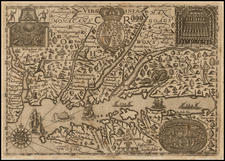
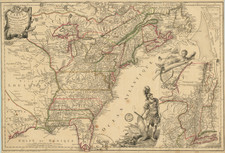
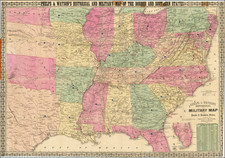
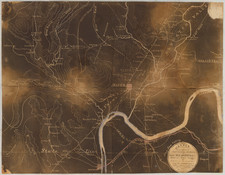
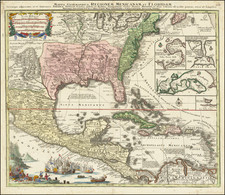
![[ Cape Hatteras to New York City ] The Coast of the United States of North America; from New York to St. Augustine: Drawn and regulated according to the latest Surveys and Astronomical Observations By Edmund Blunt. Additions to 1839 & 1840](https://storage.googleapis.com/raremaps/img/small/84684.jpg)